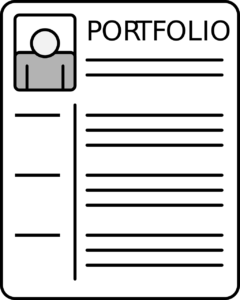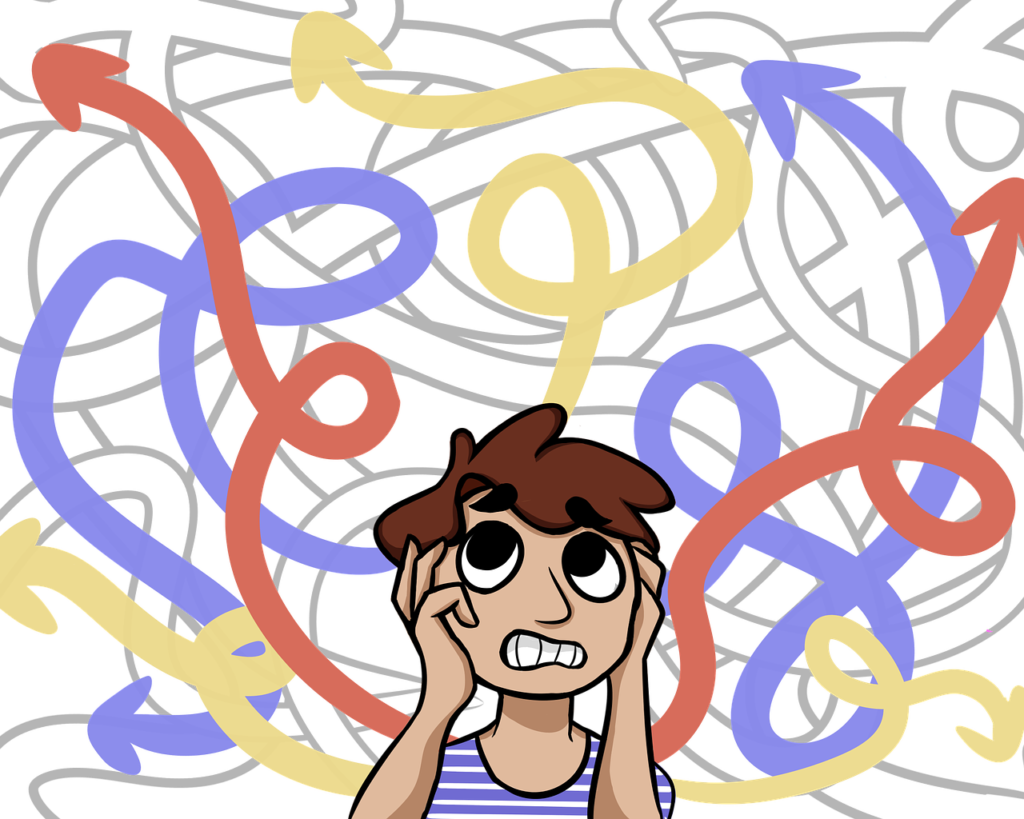Are you tired of constantly having to replace employees or dealing with underperformance? It’s time to take a closer look at why job descriptions are important.
Many businesses overlook the importance of well-written descriptions, but the financial and productivity consequences of inadequate ones can be quite mind-boggling!
In this article, we’ll explore the hidden costs of poor job descriptions and provide tips for creating effective ones that benefit both your employees and your bottom line.
From lost time and productivity to increased turnover and hiring costs, we’ll cover it all. So, let’s dive in and learn how to avoid these costly mistakes.
Not Clearly Defined Roles and Responsibilities Create Confusion
When roles and responsibilities are not clearly defined, employees may be uncertain about their daily tasks, priorities, authority and accountabilities.
This lack of clarity can lead to confusion, mistakes, missed deadlines, lost time and an overall poor experience and satisfaction for the customer.

In addition to causing turnover and hiring costs, poor job descriptions can also have a detrimental effect on productivity.
Without a clear understanding of their job responsibilities, employees may spend valuable time trying to figure out what is expected of them instead of focusing on their assigned work.
Once again, this can lead to missed deadlines or incomplete tasks, jeopardizing the success of projects and impacting overall productivity of the business.
To avoid these hidden costs, it is necessary to clearly define each employee role and responsibilities in job descriptions.
Employees must know what is expected of them, so they can work efficiently and stay focused on their work. Providing them with feedback without this clarity can cause an increase in turnover rates, and these hiring costs can add up quickly.
Increased Turnover and Hiring Costs
A well written job description ensures that you hire who you want and not end up with an employee that will have performance issues down the road because there was no clarity of expectations during the hiring process.
Unclear job descriptions not only lead to lost time and decreased productivity, but they also have the potential to increase turnover rates and therefore, hiring costs.
When employees are unsure of their roles and responsibilities, they can become frustrated and disengaged, leading them to seek employment elsewhere.
This turnover can cost a company not only in recruitment and training but also in lost knowledge and expertise. In order to avoid these hidden costs, job descriptions need to clearly outline the expectations and responsibilities of each role.
This clarity not only helps employees work more efficiently but also increases the chances of retaining top talent. Without it, misunderstandings and underperformance can occur, ultimately impacting the success of projects and the bottom line of the company.
Underperformance and Misunderstandings
Unclear job descriptions can result in a number of issues, including underperformance and misunderstandings.
Underperformance
When employees are unclear on their roles and responsibilities, they may not perform up to their full potential or may even make mistakes. This can lead to missed deadlines, decreased productivity, and a negative impact on overall project success.
It can also lead to frustration and tension within the team, as others may have to pick up the slack or correct errors made due to the lack of clarity in the job description.
Misunderstandings
Misunderstandings can also occur when job descriptions are vague or ambiguous. For example, if a job description says that a candidate should have “excellent communication skills,” it may not be clear whether this refers to written or verbal communication or how this skill will be evaluated.
This can lead to confusion during the hiring process and may result in a new hire who is not a good fit for the role.
Finger Pointing
When mistakes or errors occur, because of a lack of accountability, it is very easy to go around in circles as employees point at each other in the name game with no-one being ready to claim responsibility to effect a speedy fix.
A lack of accountability can also result in sub-standard products and services
To avoid these issues, it is important to develop job descriptions that are clear, specific, and detailed.
Tips for Writing Good Job Descriptions

To avoid the hidden costs of poor job descriptions, it’s essential to create effective job descriptions. Here are some tips to help you create job descriptions that will attract the right candidates and set clear expectations:
- Start with a clear job title: A job title should accurately reflect the role and responsibilities of the position. Avoid buzzwords or vague titles that don’t clearly describe the job.
- Be specific about job duties: Clearly outline the essential duties and responsibilities of the role. This helps potential candidates understand what the job entails and whether they have the necessary skills and experience to perform the job.
- Provide detail about required qualifications: Be specific about the qualifications you’re looking for in a candidate, including education, experience, and any required certifications or licenses.
- Use clear language: Avoid jargon or technical terms that may not be easily understood by all applicants.
- Be transparent about salary and benefits: Including salary and benefits information in the job description can help eliminate candidates who may not be a good fit based on compensation expectations. Do not promise what you cannot deliver.
By following these tips and creating detailed, specific job descriptions, employers can avoid the hidden costs of poor job descriptions and attract the right candidates for their open positions.
Conclusion
Now that you understand why job descriptions are important, it is easy to see that the hidden costs of poor job descriptions are not worth the risk.
When roles and responsibilities are not clearly defined, lost time and productivity, increased turnover and hiring costs, underperformance and misunderstandings are just some of the negative consequences that can result.
However, by creating effective job descriptions, businesses can greatly reduce these costs and improve their bottom line. Take the time to assess and update your current job descriptions with our tips, and attract top talent while retaining your best employees.
As the saying goes, “A stitch in time saves nine.” In this case, investing in job descriptions now can save nine headaches down the road.
Need Assistance with Job Descriptions? PHONE OR CONTACT US
References
Forbes (2022) Employee Turnover Rate: Definition & Calculation https://www.forbes.com/advisor/business/employee-turnover-rate

